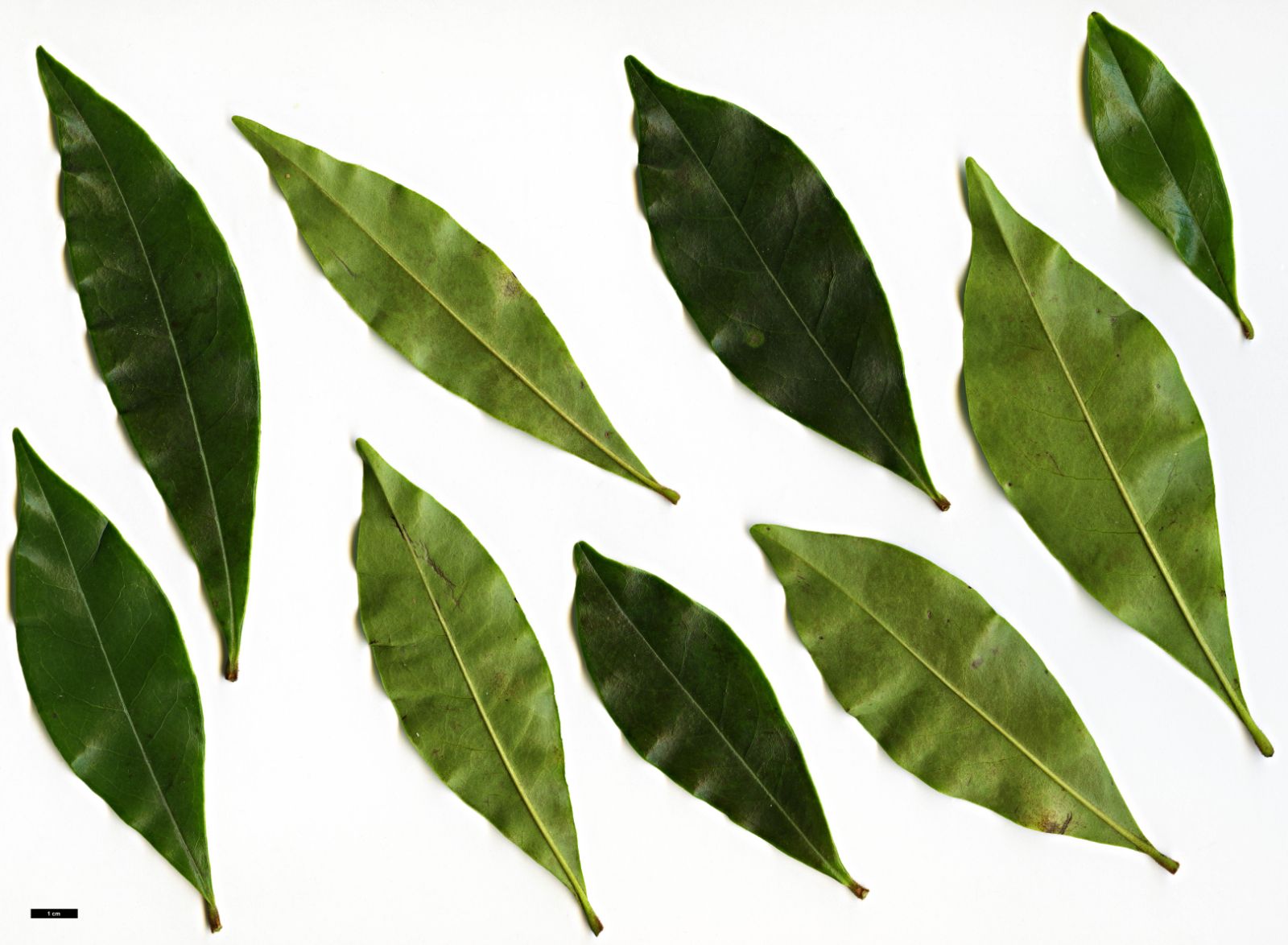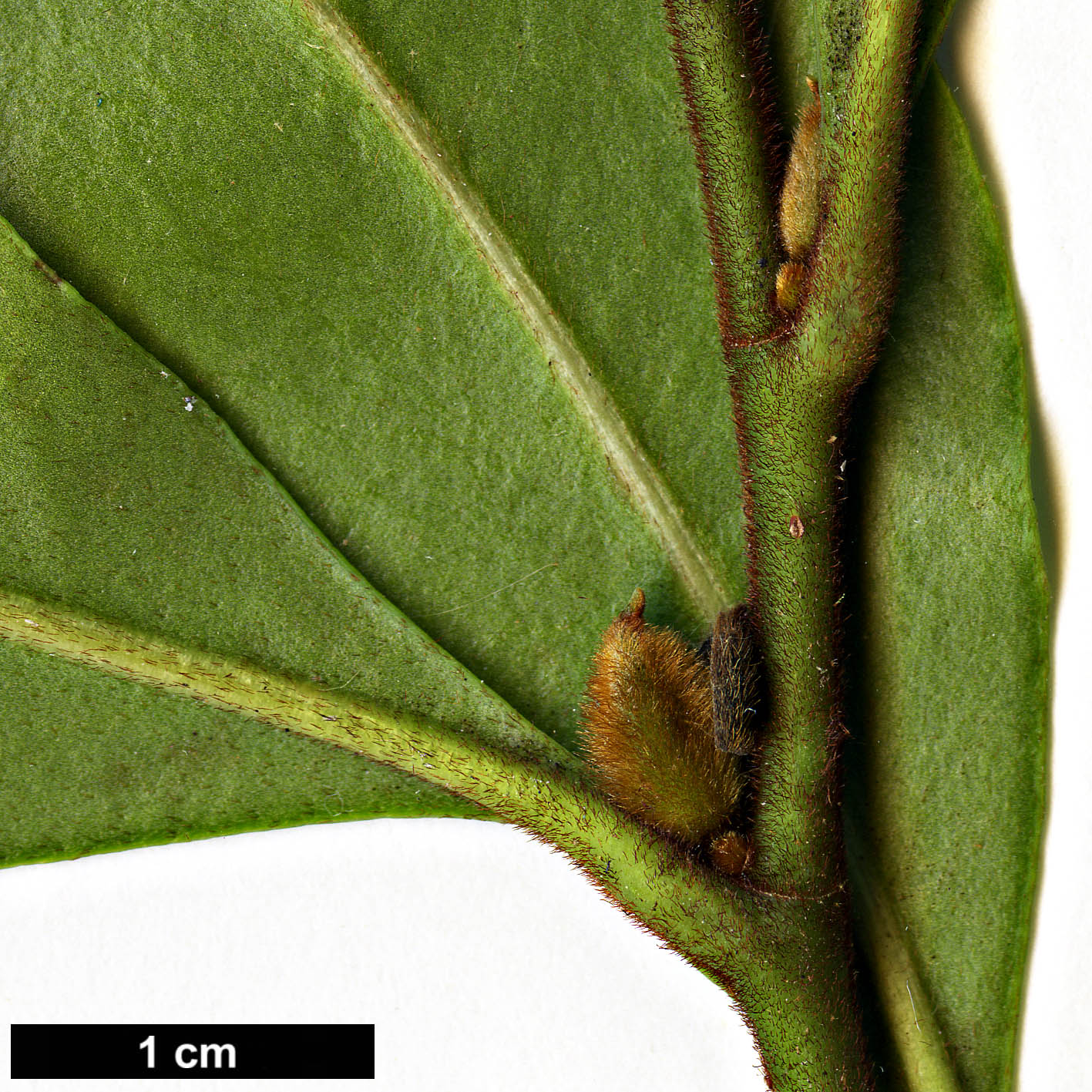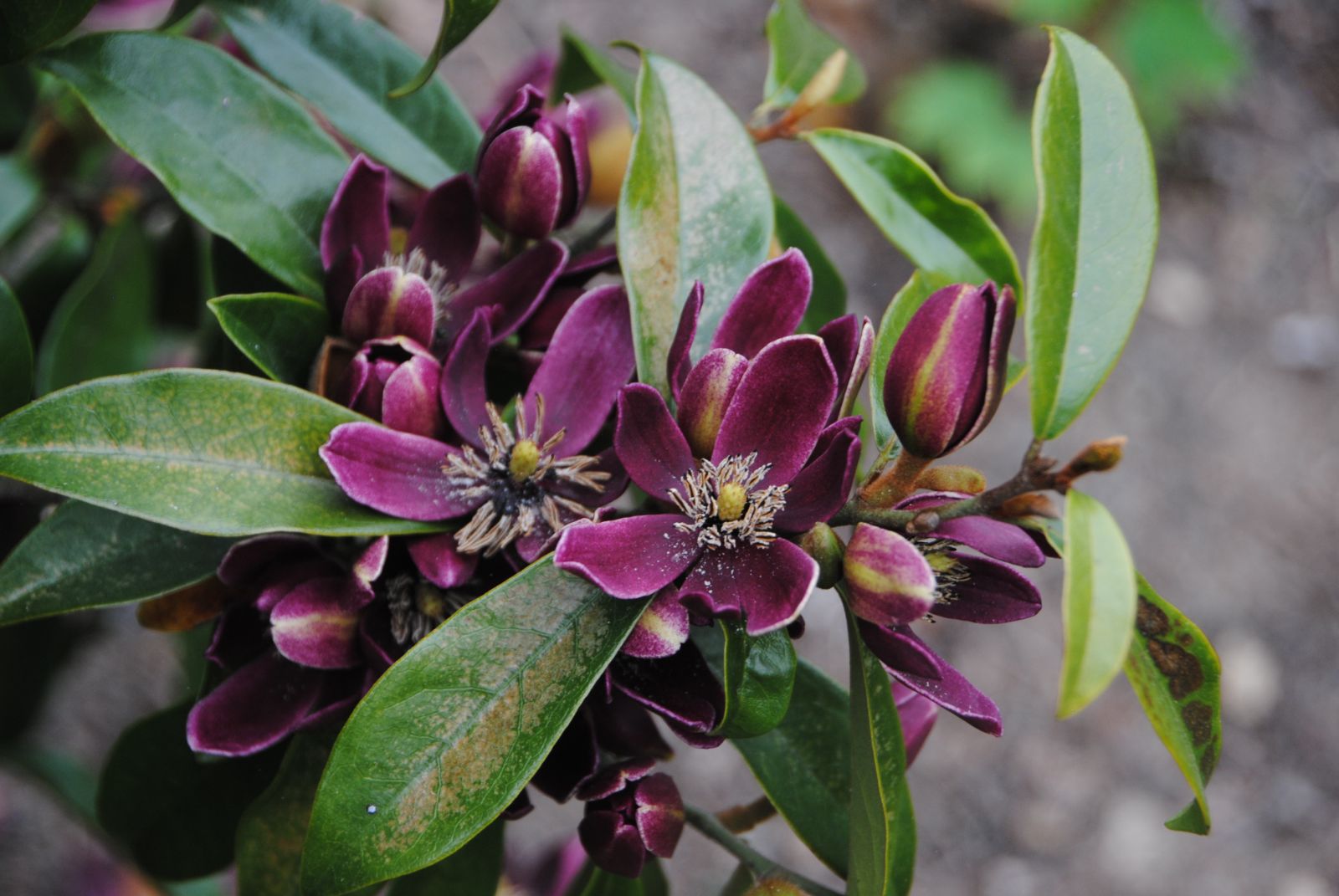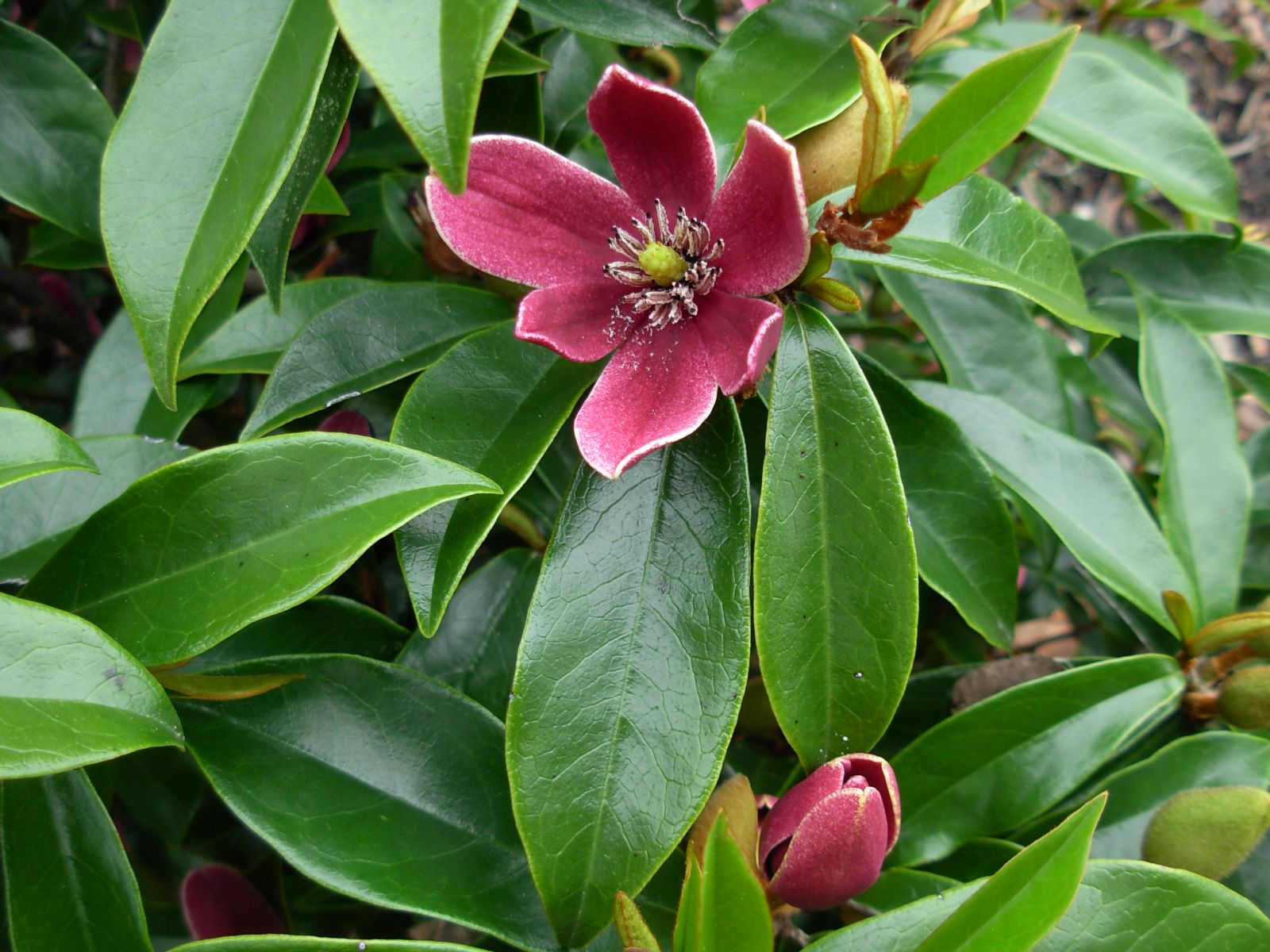Magnolia figo
Sponsor
Kindly sponsored by
The Roy Overland Charitable Trust
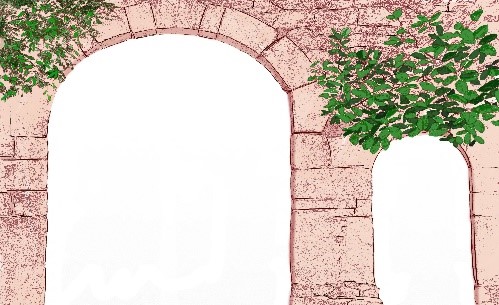
Credits
Julian Sutton (2022)
Recommended citation
Sutton, J. (2022), 'Magnolia figo' from the website Trees and Shrubs Online (treesandshrubsonline.
Genus
- Magnolia
- Section Michelia
Common Names
- Banana Shrub
- Banana Magnolia
Synonyms
- Michelia figo (Lour.) Spreng.
- Michelia amoena Q.F. Zheng & M.M. Lin
- Liriodendron figo Lour.
- Michelia fuscata (Andr.) Wall.
- Michelia fuscata Andr.
- Liriopsis fuscata (Andr.) Spach
Infraspecifics
Other taxa in genus
- Magnolia acuminata
- Magnolia × alba
- Magnolia amabilis
- Magnolia amoena
- Magnolia aromatica
- Magnolia biondii
- Magnolia × brooklynensis
- Magnolia campbellii
- Magnolia cathcartii
- Magnolia cavaleriei
- Magnolia caveana
- Magnolia champaca
- Magnolia changhungtana
- Magnolia chapensis
- Magnolia compressa
- Magnolia conifera
- Magnolia Cultivars A
- Magnolia Cultivars B
- Magnolia Cultivars C
- Magnolia Cultivars D
- Magnolia Cultivars E
- Magnolia Cultivars F
- Magnolia Cultivars G
- Magnolia Cultivars H–I
- Magnolia Cultivars J
- Magnolia Cultivars K
- Magnolia Cultivars L
- Magnolia Cultivars M
- Magnolia Cultivars N–O
- Magnolia Cultivars P
- Magnolia Cultivars Q–R
- Magnolia Cultivars S
- Magnolia Cultivars T
- Magnolia Cultivars U–V
- Magnolia Cultivars W–Z
- Magnolia cylindrica
- Magnolia dandyi
- Magnolia dawsoniana
- Magnolia de Vos and Kosar hybrids
- Magnolia decidua
- Magnolia delavayi
- Magnolia denudata
- Magnolia doltsopa
- Magnolia duclouxii
- Magnolia ernestii
- Magnolia floribunda
- Magnolia × foggii
- Magnolia fordiana
- Magnolia foveolata
- Magnolia fraseri
- Magnolia fulva
- Magnolia globosa
- Magnolia × gotoburgensis
- Magnolia grandiflora
- Magnolia grandis
- Magnolia Gresham hybrids
- Magnolia guangdongensis
- Magnolia hookeri
- Magnolia insignis
- Magnolia Jury hybrids
- Magnolia × kewensis
- Magnolia kobus
- Magnolia kwangtungensis
- Magnolia laevifolia
- Magnolia lanuginosa
- Magnolia leveilleana
- Magnolia liliiflora
- Magnolia × loebneri
- Magnolia lotungensis
- Magnolia macclurei
- Magnolia macrophylla
- Magnolia martini
- Magnolia maudiae
- Magnolia nitida
- Magnolia obovata
- Magnolia officinalis
- Magnolia opipara
- Magnolia × proctoriana
- Magnolia × pruhoniciana
- Magnolia rostrata
- Magnolia salicifolia
- Magnolia sapaensis
- Magnolia sargentiana
- Magnolia sieboldii
- Magnolia sinensis
- Magnolia sinica
- Magnolia sinostellata
- Magnolia × soulangeana
- Magnolia sprengeri
- Magnolia stellata
- Magnolia tamaulipana
- Magnolia × thomsoniana
- Magnolia tripetala
- Magnolia × veitchii
- Magnolia virginiana
- Magnolia × wieseneri
- Magnolia wilsonii
- Magnolia xinganensis
- Magnolia yunnanensis
- Magnolia yuyuanensis
- Magnolia zenii
Evergreen shrub or small tree to 15 m. Bark grey-brown. Young branchlets, buds, petioles, and brachyblasts with dense yellow-brown hairs. Leaf blade elliptic, 4–10 × 1.8–4.5 cm; lower surface glabrescent except for brown appressed hairs on the midvein; upper surface glossy, glabrous; base cuneate; apex obtusely acute. Petiole 2–4 mm, stipular scar reaching petiole apex. Flowers 1.2–2 × 0.6–1.1 cm, erect, sweetly fragrant. Tepals 6, pale yellow but margin sometimes red to purple, long elliptic, 1.2–2 × 0.6–1.1 cm, fleshy and thick. Stamens 7–8 mm; connective exserted and forming a sharp tip. Gynophore ~6 mm, pale yellow tomentose; gynoecium ~7 mm, exceeding androecium, glabrous. Fruit 2–3.5 cm; mature carpels ovoid to globose, apex with a mucronate beak. Flowering March-May (China), fruiting July-August (China). Diploid 2n=38. (Xia, Liu & Nooteboom 2008; Chen & Nooteboom 1993).
Distribution China Anhui, Guangdong, Guangxi, Jiangxi, Zhejiang; wild status uncertain, and more widely cultivated
Habitat Forest, 60–1000 m.
USDA Hardiness Zone 7b-10
RHS Hardiness Rating H3
Conservation status Least concern (LC)
Only for the warmest parts of our area, Magnolia figo is ‘a cheerful evergreen, not conspicuous for beauty of flower but one of the most fragrant of all shrubs’ (Bean 1981). The typical form (var. figo) has long been grown as an ornamental in southern China, indeed it probably originated in cultivation. Var. crassipes and var. skinneriana probably represent its wild ancestors (Nooteboom in Xia, Liu & Nooteboom 2008).
In much of our area it is grown as only a conservatory or cool greenhouse plant; its room-filling fragrance is variously described as resembling pear drops, or overripe fruit such as bananas and melons. Flowers are produced in succession from spring into early summer. Despite the strong scent, Chai et al. (2017) found that rates of insect pollination (mainly by bees, hoverflies and beetles) were low in a Hunan population of var. crassipes. Self pollination was apparently more common.
Although of East Asian origin, this was among the earliest to be described of the plants we now know as magnolias, almost certainly because it grew in the port cities of southern China which conducted trade with Europe in the 18th century. Loureiro’s (1790) publication (as Liriodendron figo) was based on a plant grown in Macao; the specific epithet derives from his claim that its local name was fula figo. It was later transferred to Michelia, and hence to Magnolia.
Introduced to Britain by 1789 (Aiton 1811), good outdoor specimens are few, and in very favoured situations. One against a house wall at Tregrehan, Cornwall was 4.5 m tall in 2014 (The Tree Register 2021). It is sometimes seen on the southern fringes of our European area. For example, there is a fine free-standing example, 3.5 m tall with many clear stems, at the Villa Soranzo, Varallo-Pombia, in northern Italy (monumentaltrees.com 2021).
Long cultivated in sunny to part-shaded situations in the American Southeast (Dirr 2009), its garden range touches our area in North Carolina. It is also sometimes grown in coastal California, where it is usually recommended for shade. Several darker flowered cultivars are significant in North America. In addition, the name ‘Port Wine’ has sometimes been applied to a form of var. figo with unusually purple flowers, but Port Wine Magnolia seems also to be a common name for the species (Lobdell 2020).
M. figo is a parent (with M. doltsopa) of a group of artificial hybrids, M. × foggii (q.v.); it has also contributed to the breeding lines from which Mark Jury’s more complex michelia hybrids have been selected.
'Purple Queen'
Flowers dark red-purple; leaves darker green than typical. Referable to var. crassipes, it was an open pollinated seedling selected by Akira Shibamichi, Japan before 2004; distributed in North America by Hines Nurseries.
'Stubbs Purple'
Tepals purple, a selection of var. crassipes claimed as hardier and more compact. Origin unknown, before 2009.
var. crassipes (Y.W. Law) Figlar & Noot.
Synonyms
Michelia crassipes Y.W. Law
Shrub, or small tree to 5 m. Tepals purple. Leaves with 6–9 lateral veins. A claim that the brachyblast is shorter and stouter (Chen & Nooteboom 1993) is not endorsed by Xia, Liu & Nooteboom (2008).
Distribution
- China – N Guangdong, NE Guangxi, S Hunan
RHS Hardiness Rating: H3
USDA Hardiness Zone: 7b-10
Var. crassipes has horticultural advantages over var. figo. In particular, flowers last for two to three days instead of one, and are a good dark colour. The plant tends to be of denser habit, with thicker leaves (Grimshaw & Bayton 2009).
var. skinneriana (Dunn) Noot.
Synonyms
Michelia skinneriana Dunn
Michelia figo Skinneriana Group
Tree to 15m; branchlets tan to tawny; leaves with 10–13 pairs of lateral veins (Xia, Liu & Nooteboom 2008).
Distribution
- China – Fujian, Guangdong, Guangxi, Hunan, Jiangxi, Zhejiang
RHS Hardiness Rating: H4
USDA Hardiness Zone: 7b-10
Much more vigorous than the other somewhat shrubby varieties of M. figo, forming a straight main trunk. One in the Chinese Garden in central Portland was approximately 8 m tall in 2007 (S. Hogan pers. comm.). Its flowers are paler than the deep cream of var. figo and lack any reddish staining. Specimens are reported to have survived –20°C without damage in the United States (Hogan 2008), and it is hardier than M. figo in southern England (M. Robinson, pers. comm. 2008).





